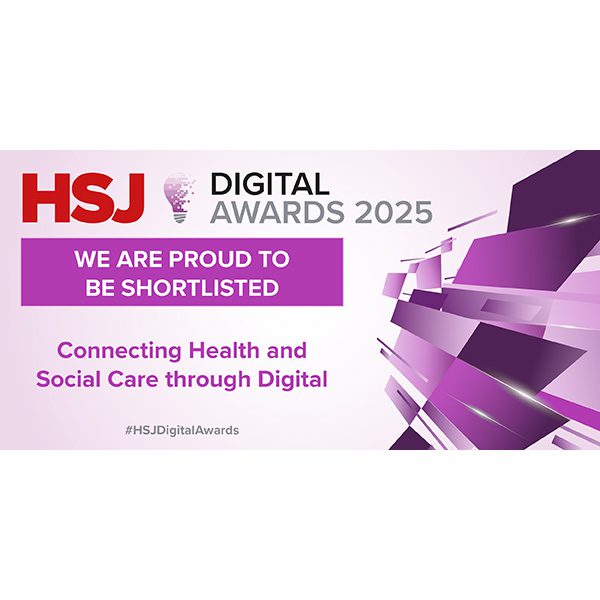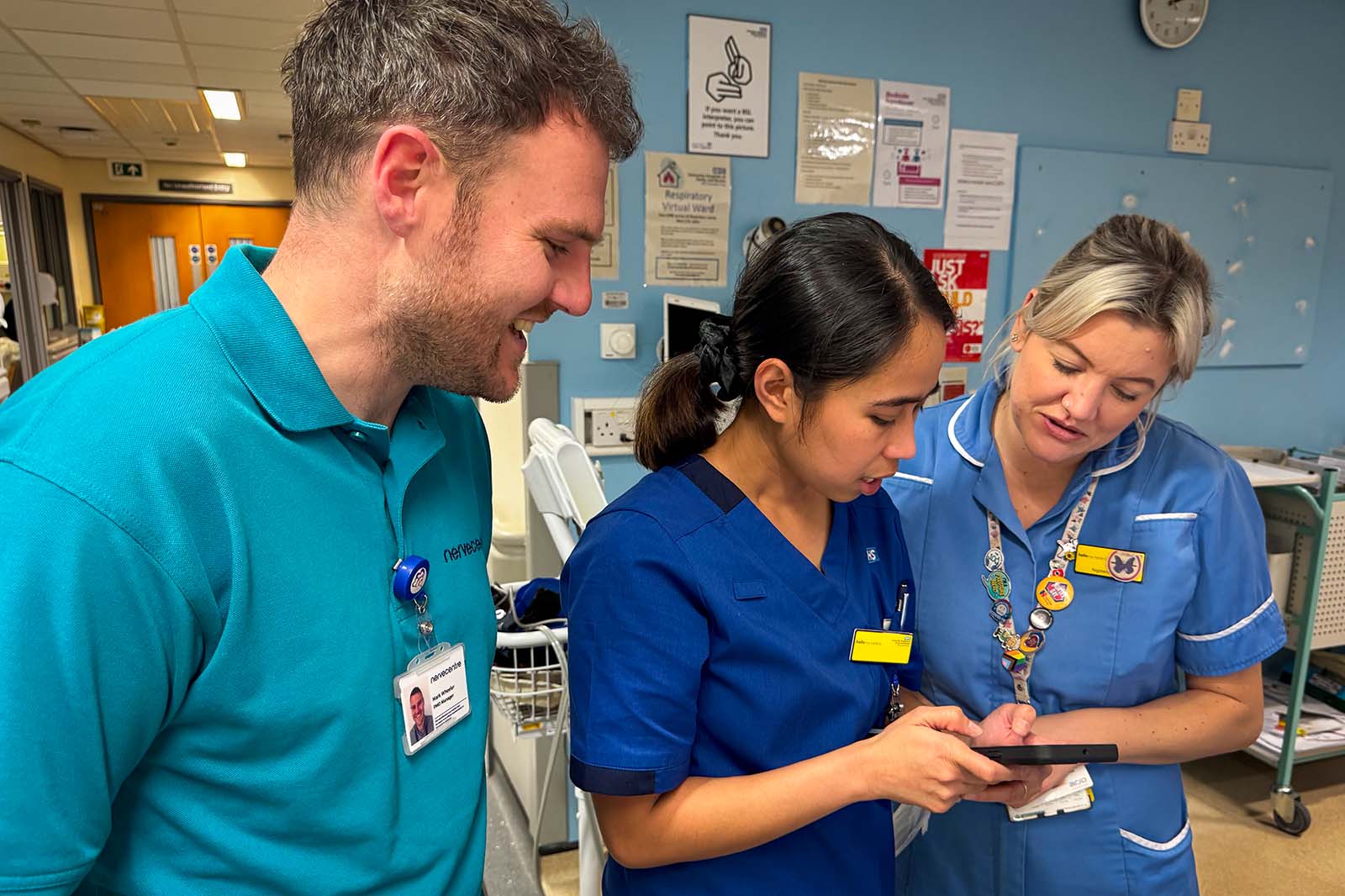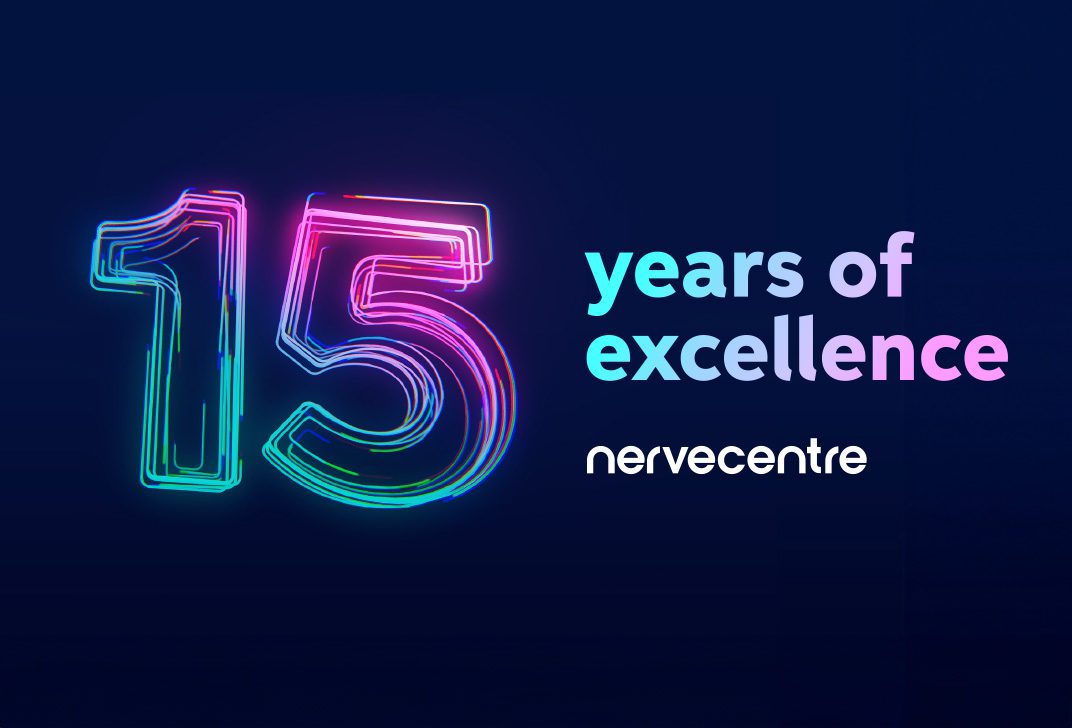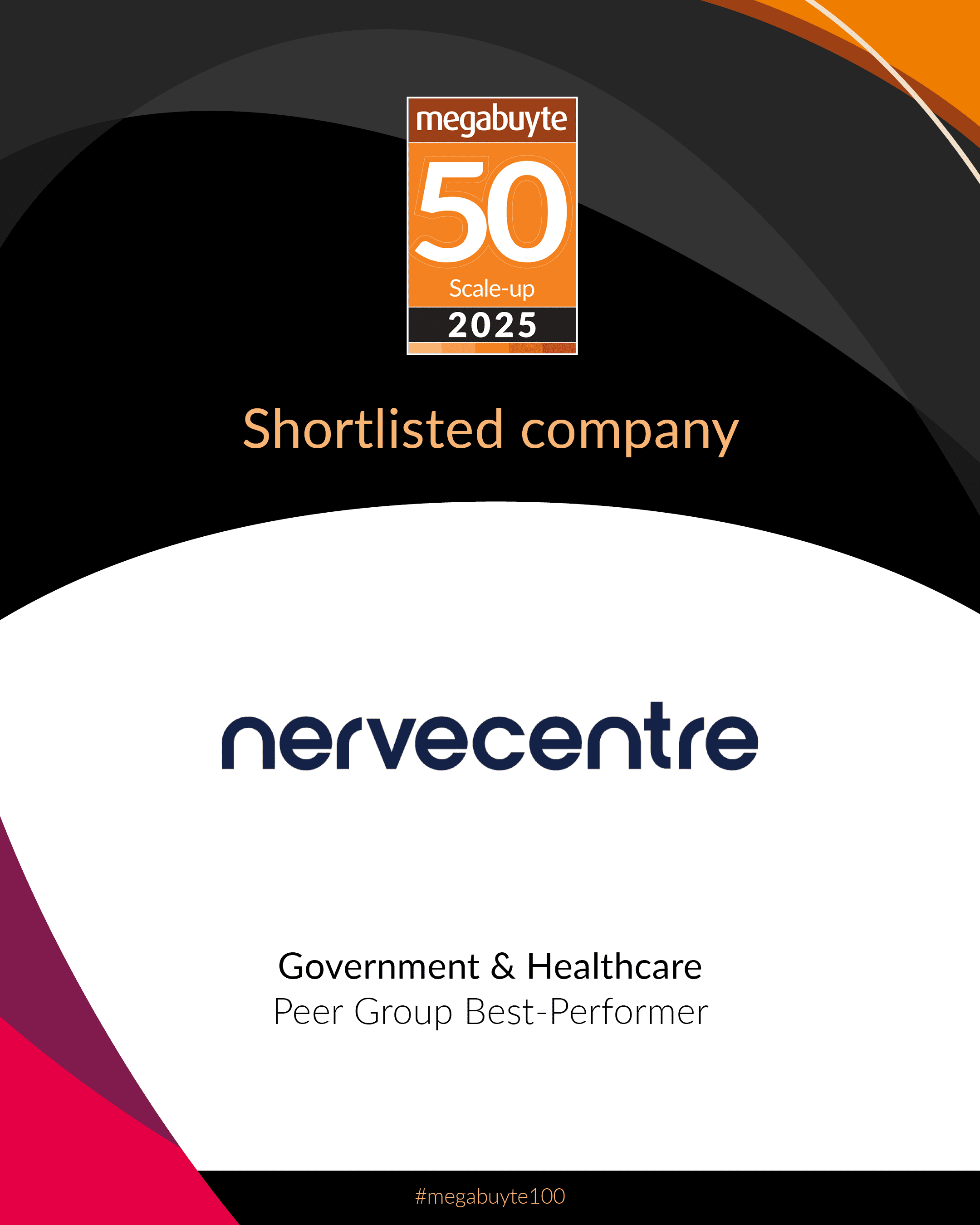Following a defined and consistent accreditation process, GS1 certified wristband scanning is used within the Nervecentre mobile software by clinical staff to positively identify the patient before capturing patient information such as epma, vital signs, clinical noting, fluid balance, risk assessments etc. This scanning is essential to patient safety and clinical effectiveness.
GS1 standards are helping the NHS save thousands of lives and millions of pounds. They work with healthcare providers and suppliers to improve patient safety, enhance clinical effectiveness and drive operational efficiencies. In 2014, the Department of Health and Social Care (DHSC) mandated that all NHS trusts in England must adopt GS1 standards and all their suppliers must become GS1 compliant. The deadline for compliance is 2019/20.
How patient identification works with GS1 standards
The globally unique identification of the patient enables accurate and consistent information to be captured and stored in the patient record at all relevant points along the patient pathway – and is a major addition to patient safety.
The patient receives a barcoded wristband upon admission. The wristband contains a unique patient identifier, including the NHS number, which is encoded in a GS1 barcode. This barcode is scanned at relevant points along the patient pathway, from admission through to discharge, recording events including patient observations, assessments and medicines administration.
Scanning a patient wristband enables accurate, real-time capture of patient demographic data which minimises risk to the patient.





